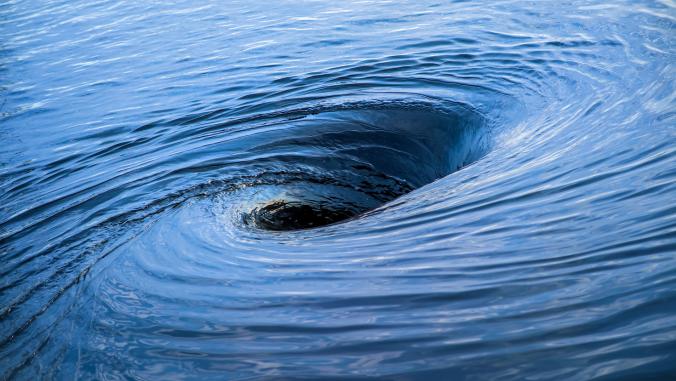To a significant degree, the future of renewable energy is tied to lithium, and the race is on to secure abundant and reliable resources of this metal.
A low-carbon future requires lithium-ion rechargeable batteries for electric vehicles and the storage of power from renewable sources, such as solar and wind energy. Indeed, the market for lithium-ion batteries is projected by the industry to grow from $30 billion in 2017 to $100 billion in 2025.
An emerging source for high-value lithium is in geothermal brine — "a hot and concentrated saline solution enriched with minerals, such as lithium, boron and potassium." Despite the relatively low concentrations that can be encountered (a few hundred parts per million) present in these brines, the very large volume of brine processed in a geothermal power plant (hundreds of cubic meters per hour) makes brine a valuable potential resource. However, the current approach to extracting lithium from brine involves evaporation ponds, which is complex and inefficient. As a consequence, only about 30 percent of the lithium in the original brine reaches the marketplace.
The opportunity for increasing lithium production from geothermal brines was outlined in a 2020 report prepared by the California Energy Commission. The analysis outlined the opportunity to extract lithium from geothermal brines in California and discussed an expected benefit of improving the economics of geothermal energy production by generating revenue from the production and sale of lithium carbonate.
The increasing demand for lithium has also created an opportunity for the development of innovative treatment technologies to extract lithium from brines.
For example, the primary author of the California Energy Commission report, research institute SRI International, demonstrated a new process for the extraction of lithium from geothermal brines based on "new high-capacity selective sorbents (material used to absorb or adsorb liquids or gases) and a new sorbent regeneration process."
The demand for lithium is certain to inspire ventures, attract investors and fuel innovation in other new geographies as countries scramble to be lithium-independent.
Compared to traditional methods of recovering lithium from brines, "SRI International’s sorbents and regeneration processes are expected to reduce the cost of lithium production by allowing online separation with higher recovery efficiency and using smaller volumes of sorbent, minimizing processing time. The project team demonstrated extraction of lithium with efficiency as high as 90 percent and detected no significant loss in capacity after repeated lithium adsorption-desorption cycles."
Other examples of innovative treatment technologies come from companies including Evove, based in the U.K., and EnergyX | Energy Exploration Technologies, based in the U.S. Advances in membrane technology have been a major area of focus in the water sector, driven by the need to turn brackish or saline water into fresh water for consumption.
Evolve is an example of how innovative water technologies are being applied to the extraction of lithium from brines. Based on company information, Evolve has achieved a greater than 90 percent recovery of battery-grade lithium (with a greater than 99.5 percent purity) with geothermal brines in its laboratories. The company is starting pilots that will lead to full-scale commercial harvesting in 2023.
Elsewhere, EnergyX | Energy Exploration, is using a polymer membrane developed by chemical engineering professor Benny Freeman of the University of Texas at Austin. According to the company, EnergyX | Energy Exploration intends to filter lithium directly from brine. Freeman told the Economist that the company’s pilot plant, which will be able to fit into a standard shipping container, should be able to handle millions of liters of brine a day. Once the process is perfected, the company believes it can extract at least 90 percent of the lithium within a brine.
The race for new sources of lithium and new technologies to extract lithium from brines (either as part of geothermal energy production or other sources) has launched a "gold rush" in regions with access to geothermal resources.
In the U.S., investors and companies have focused on opportunities within the Salton Sea in California. Three companies, Controlled Thermal Resources, EnergySource and Berkshire Hathaway Renewables, are testing or scaling up pilot technologies there and chasing billions of dollars in private and public funding for the construction of up to half a dozen facilities in the next decade.
California Gov. Gavin Newsom has referred to the Salton Sea as "the Saudi Arabia of lithium." The sea is likely one of the world's largest lithium deposits, but it will be at least two years before major production volumes are achieved.
Activity is also centered on deriving lithium out of the geothermal waters found in Cornwall, U.K., where companies such as mining concern Cornish Lithium have established operations.
The demand for lithium is certain to inspire ventures, attract investors and fuel innovation in other new geographies as countries scramble to be lithium-independent.






